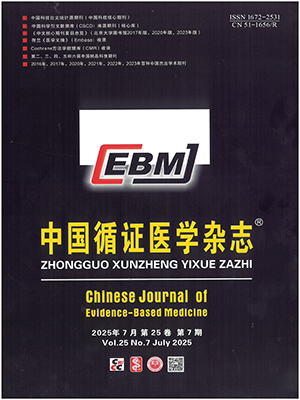Objective To help systematic reviewers select the best Chinese biomedical databases to retrieve relevant trials in Chinese according to comparison of coverage, search feature, English search capabilities, and so on.
Methods Four Chinese biomedical databases (CBM, CNKI, VIP and WANFANG) were selected. Data about coverage, search features, records downloading, and presence or lack of English search capabilities were found through their websites. The deadline for data collection was at the end of April 2010. Based on the data collected, the number of journals back to the inaugural issue and indexed cover-to-cover were calculated.
Results The average of the indexed journals in 4 databases was about 1 200; the indexed articles were about 4.92 million, and the averages of backdate rate and entire collection rate were 29% and 48%, respectively. CBM indexed fewer articles than CNKI (5 673 316 vs. 5 834 952), but indexed the most journals (1 784, 91%). It provides MeSH searching and more terms than other databases, and has an output of the tagged texts up to 500 records per file. CNKI and WANFANG provide English interfaces, which is convenient for English searching, and CNKI has a function of "Cross-Language Search", which automatically translates English into Chinese.
Conclusion CBM is the preferred database for systematic reviewers to retrieve relevant studies in Chinese, while CNKI is recommended for non-Chinese-speaking researchers due to its English interface and “Cross-Language Search” function.
Citation: AI Changlin,DUAN Yurong,Phil Wiffen,ZHANG Mingming,LI Jing. Chinese Biomedical Databases: Selection and Search for Trials to Conduct Systematic Reviews. Chinese Journal of Evidence-Based Medicine, 2010, 10(6): 749-753. doi: 10.7507/1672-2531.20100486 Copy
Copyright © the editorial department of Chinese Journal of Evidence-Based Medicine of West China Medical Publisher. All rights reserved




